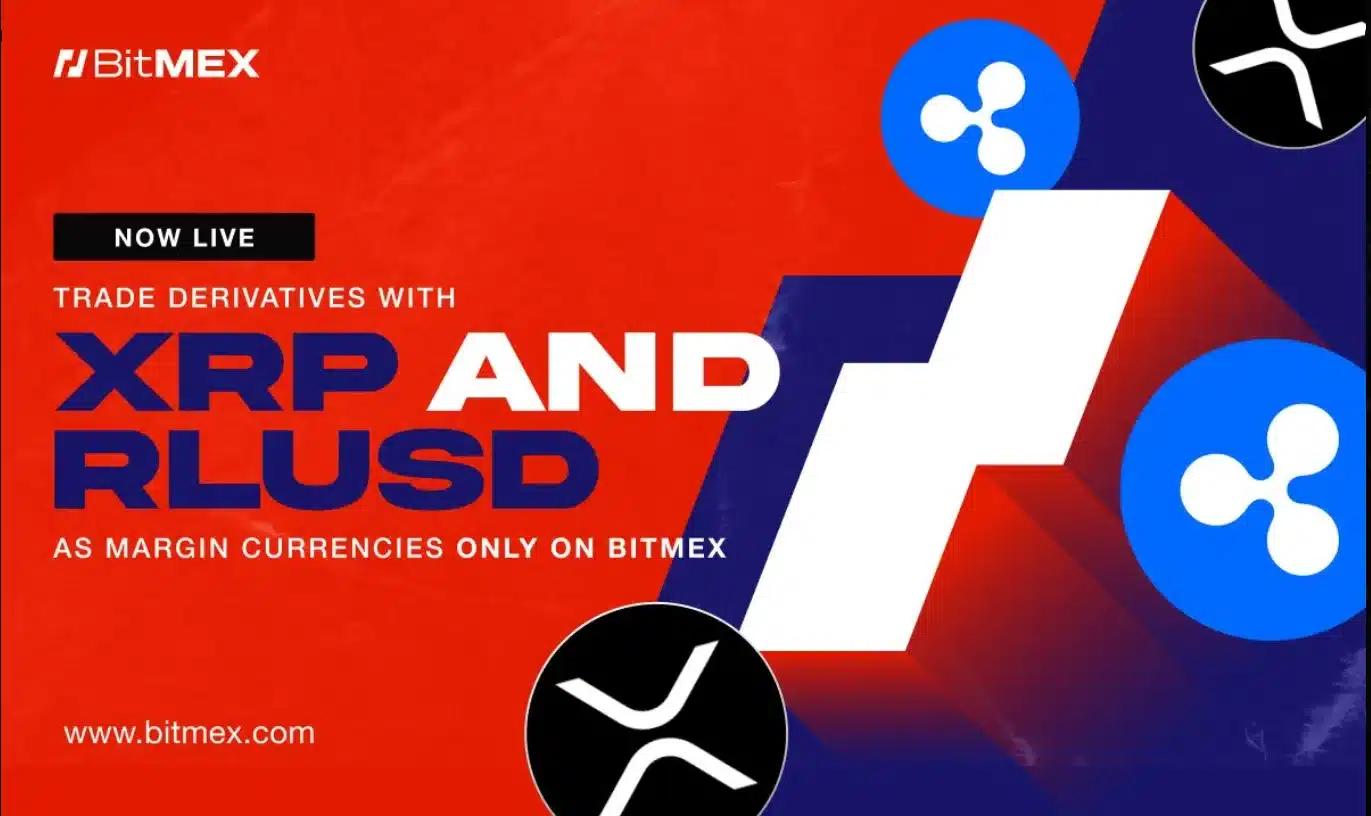In a strategic expansion of its derivatives platform, crypto exchange BitMEX has announced that XRP can now be used as collateral for margin trading. The move places XRP alongside other major cryptocurrencies like Bitcoin (BTC) and Ethereum (ETH) within the platform’s Multi-Asset Mode framework.
This enhancement enables traders to use XRP to secure positions in derivatives contracts, opening the door to greater capital efficiency and diversified risk management for advanced crypto investors.
What Multi-Asset Margining Means for XRP Traders
BitMEX’s Multi-Asset Mode allows users to post a variety of supported tokens as collateral, rather than limiting them to Bitcoin or USDT. By integrating XRP into this system, the platform is signaling confidence in the asset’s liquidity, stability, and growing institutional relevance.
For XRP holders, this means they can leverage their holdings without liquidating them, potentially opening long or short positions on other cryptocurrencies while maintaining their XRP exposure.
RLUSD Joins the Ecosystem as a Stablecoin Alternative
The XRP inclusion follows BitMEX’s recent onboarding of RLUSD, a Ripple-affiliated USD-backed stablecoin. The stablecoin, which debuted on BitMEX Spot earlier in May, has also been added to the margin collateral list, creating a bridge between stable value and leveraged trading.
BitMEX commemorated this integration with a promotional campaign dubbed “The Ripple Effect,” encouraging traders to use RLUSD by offering a 15,000 RLUSD prize pool for eligible participants.
🌊#TheRippleEffect continues…$XRP is now available to use as margin for your derivatives trades on BitMEX.
➕ $RLUSD is also live on Multi Asset Margining, only on BitMEX.
More on enabling Multi Asset Margining here: https://t.co/wSZcGVDfWB pic.twitter.com/cDZryeJNPt
— BitMEX (@BitMEX) May 27, 2025
XRP’s Growing Utility Beyond Payments
The move by BitMEX comes as part of a broader industry shift toward recognizing XRP’s utility beyond remittances and cross-border settlement. As regulatory clarity improves, particularly following Ripple’s partial legal victories in the U.S., XRP is gradually becoming a preferred asset for both liquidity provisioning and financial infrastructure.
Legal and market analysts have pointed out that while the market reaction to these types of announcements may be subdued in the short term, the long-term effect on XRP’s institutional adoption could be significant.
Derivatives Traders Gain More Flexibility
With rising demand for flexible trading instruments, BitMEX’s latest update offers a timely solution. As of now, users can utilize BTC, ETH, USDT, and XRP, among others, to back their trading positions. This added versatility enables traders to hedge or diversify without converting their core assets.
The inclusion of XRP also makes it easier for users who already operate within the Ripple ecosystem to stay within a familiar infrastructure while accessing advanced trading tools.
Final Thoughts
BitMEX’s decision to expand its collateral list reflects an evolving market where utility, liquidity, and user demand drive innovation. As XRP continues to gain relevance in real-world use cases—from payments to asset tokenization, it’s clear that its presence in trading platforms like BitMEX is more than just symbolic.
Whether for speculative traders or long-term holders, the ability to use XRP as collateral could represent a significant step toward its broader financial integration.
